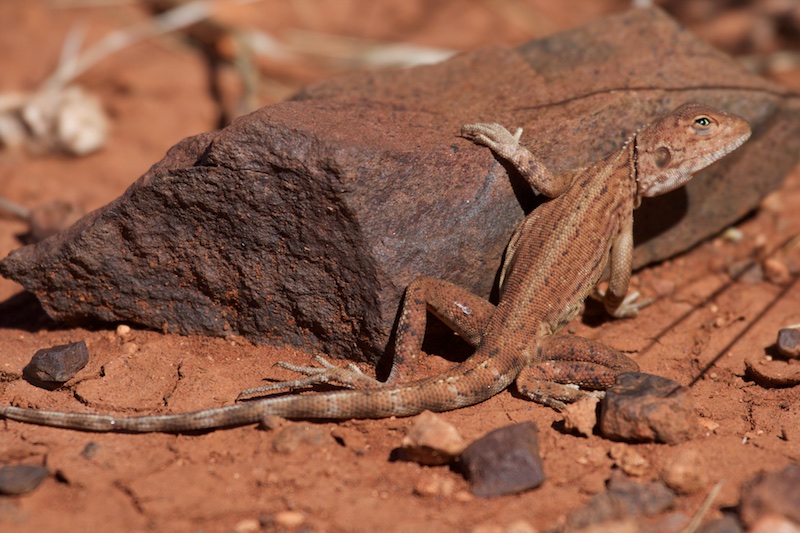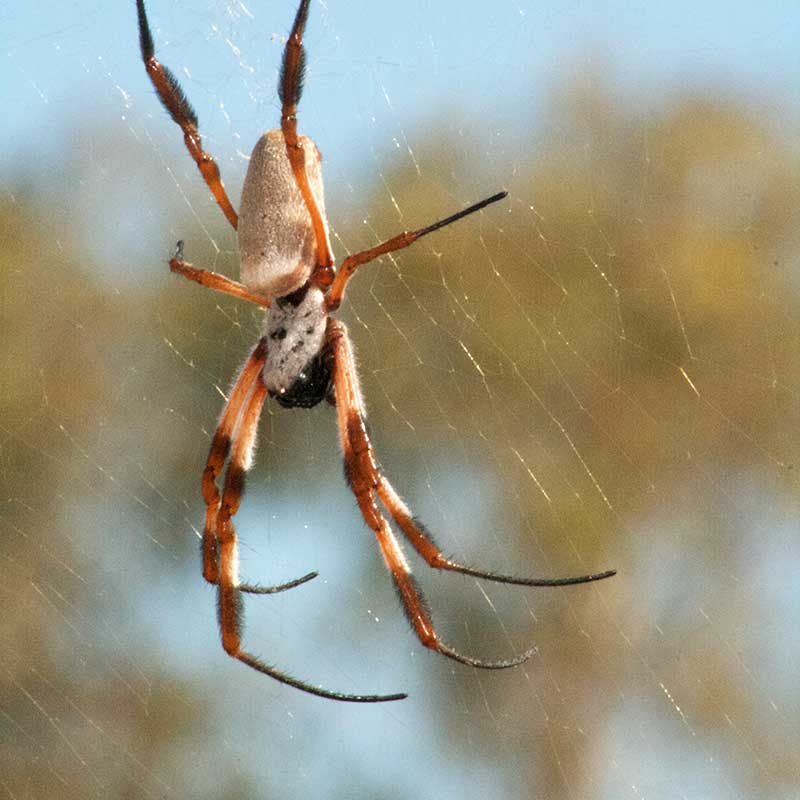Located in the far northwest of Western Australia, our traditional lands encompass a vast tract of the central and western Pilbara including Nhanggangunha (Millstream). Yurlburr (Python Pool), Gambulanha (Hamersley Ranges) and Yarnda Nyirra (the Fortescue River). Our waterways and springs, and the ceremonies of our yurala (rainmakers) give life to every living creature on our tableland homelands. Across our country, permanent water holes (yinda) have long provided life enriching sustenance to Ngaardangarli (Aboriginal people), as camping places of shade and coolness, rich in plant, animal, bird, fish and reptile life.
Yindjibarndi people were created with the environment, and we have always had a deep knowledge and affinity with local fauna, responsibility for their regeneration.
Since the Creation Times, animals, birds and fish have provided us with food, clothing, warmth, and decorations for our ceremonies. We shared our world with all that lives, and know the seasons of gestation, birth, and maturity, hunting and gathering only at times of maturity and abundance to ensure that all living things continue to flourish.
Many of the geographic features across our tablelands have stories and songs associated with the living creatures with whom we share our lands and water sources.
Our fauna plays an important part in our Burndud Law Ceremonies, spiritual beliefs and practices, our stories and our social system, and feature strongly in our stories which explain the creation of the world, and teach about our Yindjibarndi values. Our children are taught the names of every creature and the stories that ensure their survival.
Each animal has a place in our Galharra kinship system, belonging to one of the four Galharra, or skin groups (Garimarra, Burungu, Balyirri, and Banaga) to which everyone of us belongs. Many of our animals are sung about in the Burndud, the song cycle which is our Law. There are also rules set out in our Law about who can and cannot eat or touch certain animals, birds, fish and reptiles, and the times or places these restrictions apply.

Everyone holds responsibility for ensuring their well-being and survival. There are hundreds of thalu (sacred ritual ceremonial increase sites) across our tablelands that are associated with our animals, birds, fish and reptiles, where the owners of the site perform rituals to ensure that sufficient numbers of every creature will be produced to keep all living things in balance. In the past, our families also moved around our country on a seasonal basis in order to ensure that not too many animals were hunted in any one place.
Today, we continue working our thalu, and take care that our animals, birds, fish and reptiles are given every chance to survive so that every generation will inherit their country with same the abundance of living things as was given to us all by the Marrga.
In 2005, Juluwarlu published Garruragan: Yindjibarndi Fauna. This bi-lingual 90 page book contains photographs, Yindjibarndi, zoological, and common names of more than 70 animals, birds, fish and reptiles living in our country, together with photographs of ancient rock engravings, and explains the habitats, habits, uses and relationships that these creatures have in our Yindjibarndi lives and knowledge systems.
Jilanggurr – River Frog
Mirrayii thambi-ya gardi
Calling out on the banks of the river
Mirrayii nhanarruba nhamba
Calling out alert, the rain coming
Gargar tharamba nhamba
Sound from his mouth strong coming.
Jarraarn – Frog
Mirda dura mirda dura
Calling sign, calling sign
Wana irrgi nurrba
Getting taller and faster
Yirrgirri ngalha-ngalha
Thunder, I can see you close to me
Thalungi mirra gurrbadudu
Calling out rapidly as death comes towards him
Thalungi mirra warin gurrdu
Calling out rapidly, wanting to turn it back.
















